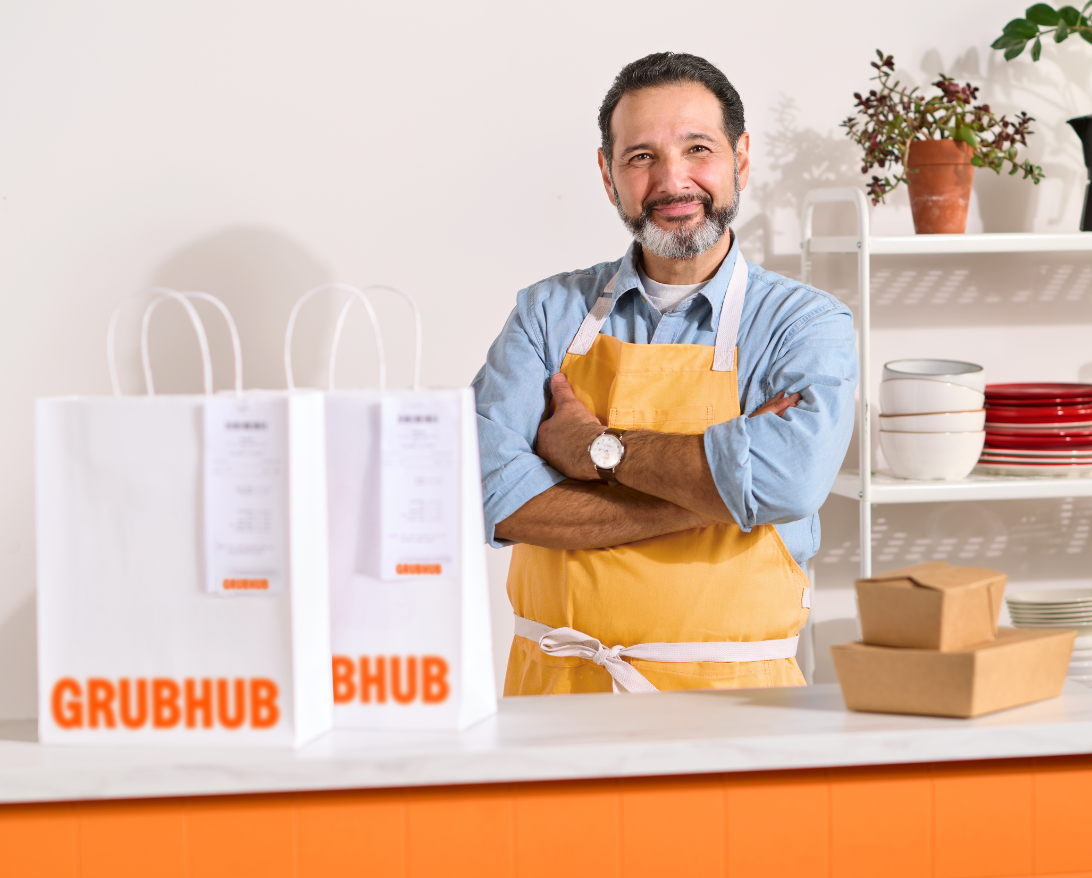Sign up for restaurant insights
When you’re preparing multiple meals at a time in a restaurant kitchen, it’s inevitable that each table’s dishes will be ready at different times. Until the entire order is complete, you must have a way to maintain a safe temperature for each item. Learning how to keep food warm until it’s eaten elevates the overall dining experience.
If your staff is struggling to figure out how to keep food warm, it might be time to invest in new appliances or rethink your kitchen configuration. After all, a reliable warming system is critical to both food safety and food quality.
Need some ideas? Let’s explore different ways to keep hot food hot in a restaurant kitchen.
Tricks to keep food hot
Sometimes, keeping food hot is simply a matter of adjusting your kitchen workflows. These tips and tricks can help you maintain the right temperature before and during service:
- Keep hot food in oven-safe baking dishes until other meals are ready. Leave the lid on to trap heat inside and keep the food warm. If you have the space, place the dishes in the oven or warming drawer at a very low temperature.
- Place items on preheated baking trays. A warming tray helps prevent heat loss while you’re preparing and plating other components of the dish. Plus, you won’t need to worry about overcooking or drying out the hot foods.
- Serve hot entrées on warm plates. The combined heat from the plate and the meal will help prevent heat loss while servers are carrying the food out to the table. Avoid using cold plates; the material will immediately draw heat away from the food.
- Use metal lids or foil covers. These materials reflect heat back to the dish so it doesn’t escape into the air and reduce the internal temperature. It’s why room-service operations often use stainless-steel domes — to keep food warm as it moves through a hotel.
- Assess your kitchen setup. Is there a great deal of space between your stove, prep area, and dining room? The longer the distance, the faster the meals will cool. Consider adjusting your kitchen layout to reduce transit time and speed up the plating process.
- Package delivery meals correctly. When you’re preparing food for takeout or delivery, use proper food delivery packaging. The best options are made from tin foil, which traps warmth longer than paper or foam. While you’re at it, make sure to pack hot food and cold food in separate bags — that way, the cold items won’t pull heat away from the warm food. Your delivery drivers can help keep hot food hot and cold food cold by using insulated containers to store meals in transit. These special boxes eliminate the need to use a hot water bottle, heating pad, or heat pack.
Maintain food temperature with these appliances
As your restaurant business grows, you’ll likely need to invest in a few upgrades to keep hot food hot. With the right tools, your kitchen crew can focus on preparing the best possible meals while adhering to kitchen safety tips.
As you determine how to keep food warm, these appliances can help you ensure a safe temperature:
- Warming oven. This type of oven does exactly what you might guess: keeps cooked food warm until it’s ready to serve. Unlike a traditional oven, these appliances remain on a warm setting to avoid burning the food or removing moisture.
- Warming drawers. These drawers serve the same purpose as a warming oven, but they take up less space. You might install a warming drawer in the prep area to keep food warm before service, for example; it’s a great way to offer hot, moist bread or rolls.
- Slow cooker. If your menu includes food that’s made in batches, a slow cooker can be a useful tool. All you need to do is leave it on a low heat setting — the container, lid, and heating elements will keep the contents at the right temperature for hours without the risk of overcooking. Search for a commercial-grade slow cooker, which will provide the volume you need for a busy restaurant kitchen.
- Rice cooker. Does your restaurant serve a variety of rice dishes? A commercial rice cooker can be a useful addition to your kitchen. It streamlines the cooking process and keeps the rice at the ideal serving temperature.
- Chafing dishes. Made from insulating metal, chafing dishes are designed for one purpose: to keep food warm. They’re a handy way to maintain a steady, safe temperature for high-volume dishes ranging from lasagna to sautéed vegetables. Many models use hot water for even heat transfer and continuous moisture. As a bonus, these units can also serve double duty if your restaurant offers catering services. Choose electric food warmers or chafing dishes that use fuel cans.
- Heat lamps. These devices are typically placed over a metal counter between the kitchen and the servers’ access point. Chefs place plated meals under the lamps to keep food warm until the server arrives. This solution is best used for short periods of time; if the plates stay too long, the food tends to dry out.
Deliver piping hot food with Grubhub for Restaurants
To provide your customers with a five-star dining experience, you must find ways to keep hot food and cold food at the correct temperature — both in-house and during delivery. With the right strategies and appliances, you can prevent heat loss, maintain food safety, and serve top-notch meals.
If you need help keeping delivery food warm, consider partnering with Grubhub. Our drivers use insulated containers to ensure every order stays warm in transit. That way, customers experience the same great taste and texture, even when they’re eating in the comfort of their own home. To improve your delivery experience, get started with Grubhub today.





